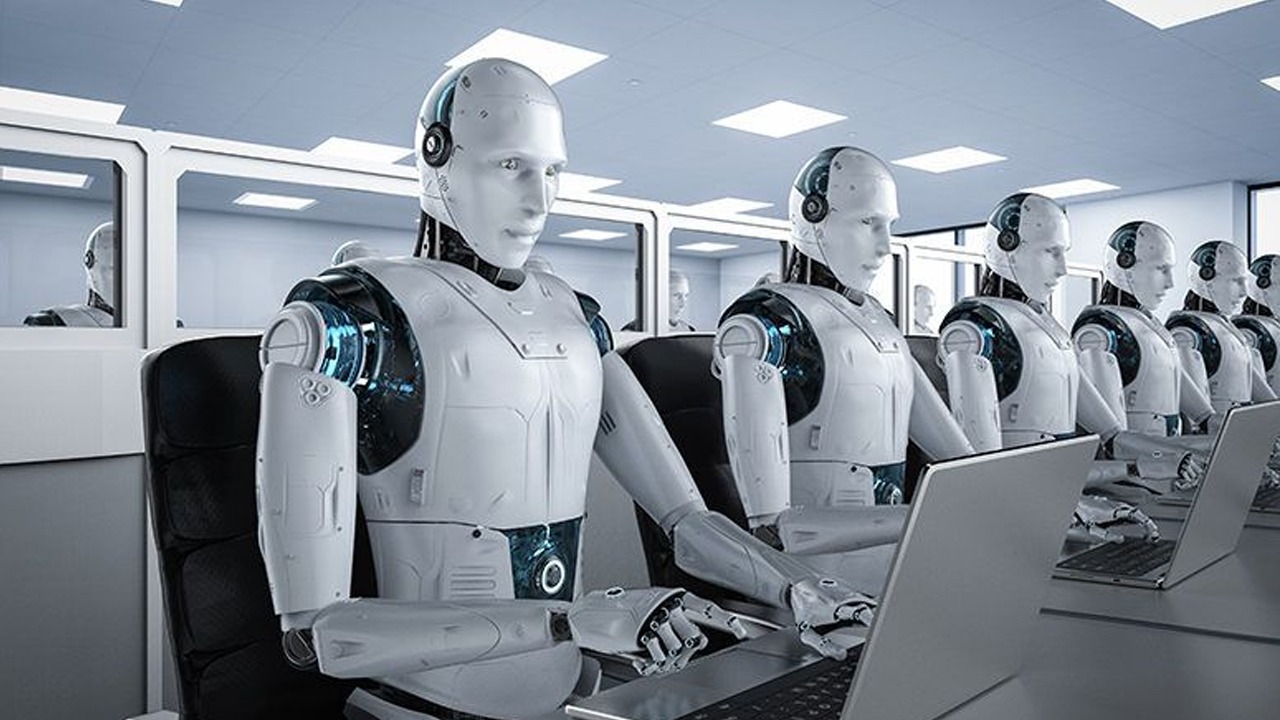Introduction:
The rapid development of Artificial Intelligence (AI) has brought about a significant transformation in various sectors, reshaping the way we live and work. As AI technologies continue to advance, there is a growing concern about their potential impact on the human workforce. The question arises: Will AI replace human workers? In this article, we delve into the topic and explore the potential implications of AI-driven automation on the future of employment.
1. Automation and Efficiency:
AI-powered automation has already revolutionized industries such as manufacturing, logistics, and customer service. Machines equipped with AI algorithms can perform repetitive tasks with precision and efficiency, often surpassing human capabilities. This trend is expected to accelerate, leading to increased productivity and cost savings for businesses.
2. Job Displacement and Transformation:
While automation may lead to the displacement of certain job roles, it also has the potential to transform the nature of work. Mundane and repetitive tasks are likely to be automated, enabling human workers to focus on more complex and creative endeavors. Rather than replacing jobs entirely, AI may augment human abilities and create new opportunities for innovation and growth.
3. Skills Evolution and Reskilling:
As AI automates routine tasks, the demand for certain skill sets may decline. However, new job roles will emerge, requiring expertise in AI development, programming, data analysis, and more. It is crucial for individuals and organizations to prioritize continuous learning and reskilling to adapt to the changing landscape of work. Governments and educational institutions play a vital role in facilitating this transition through upskilling programs and promoting lifelong learning.
4. Collaboration between Humans and AI:
Contrary to popular belief, AI is not inherently a replacement for humans but rather a tool that can enhance human capabilities. The most successful organizations will be those that embrace a collaborative approach, fostering a symbiotic relationship between humans and AI systems. By leveraging AI's analytical prowess and decision-making capabilities, human workers can make more informed choices, leading to better outcomes across various domains.
5. Socioeconomic Implications:
The widespread adoption of AI in the workforce will undoubtedly have socioeconomic implications. Job displacement, income inequality, and shifts in employment patterns are some of the challenges that need to be addressed. Governments, businesses, and society as a whole must work together to ensure a smooth transition, providing support for affected workers, implementing policies that promote inclusivity, and redefining the concept of work in the AI era.
6. Ethical Considerations:
As AI becomes increasingly integrated into the workforce, ethical considerations must be at the forefront. Issues such as data privacy, bias in algorithms, and the impact on human dignity and well-being need to be carefully addressed. Establishing transparent and accountable frameworks for AI development and deployment is crucial to building trust and ensuring responsible use.
Conclusion:
The rise of AI in the workforce presents both opportunities and challenges for humanity. While AI-driven automation may lead to the displacement of certain job roles, it also has the potential to unlock new possibilities and reshape the nature of work. The successful integration of AI and human workers requires a proactive approach, emphasizing continuous learning, collaboration, and ethical considerations. By harnessing the power of AI, we can reimagine work, foster innovation, and create a future where humans and machines work together to achieve shared goals.

Comments